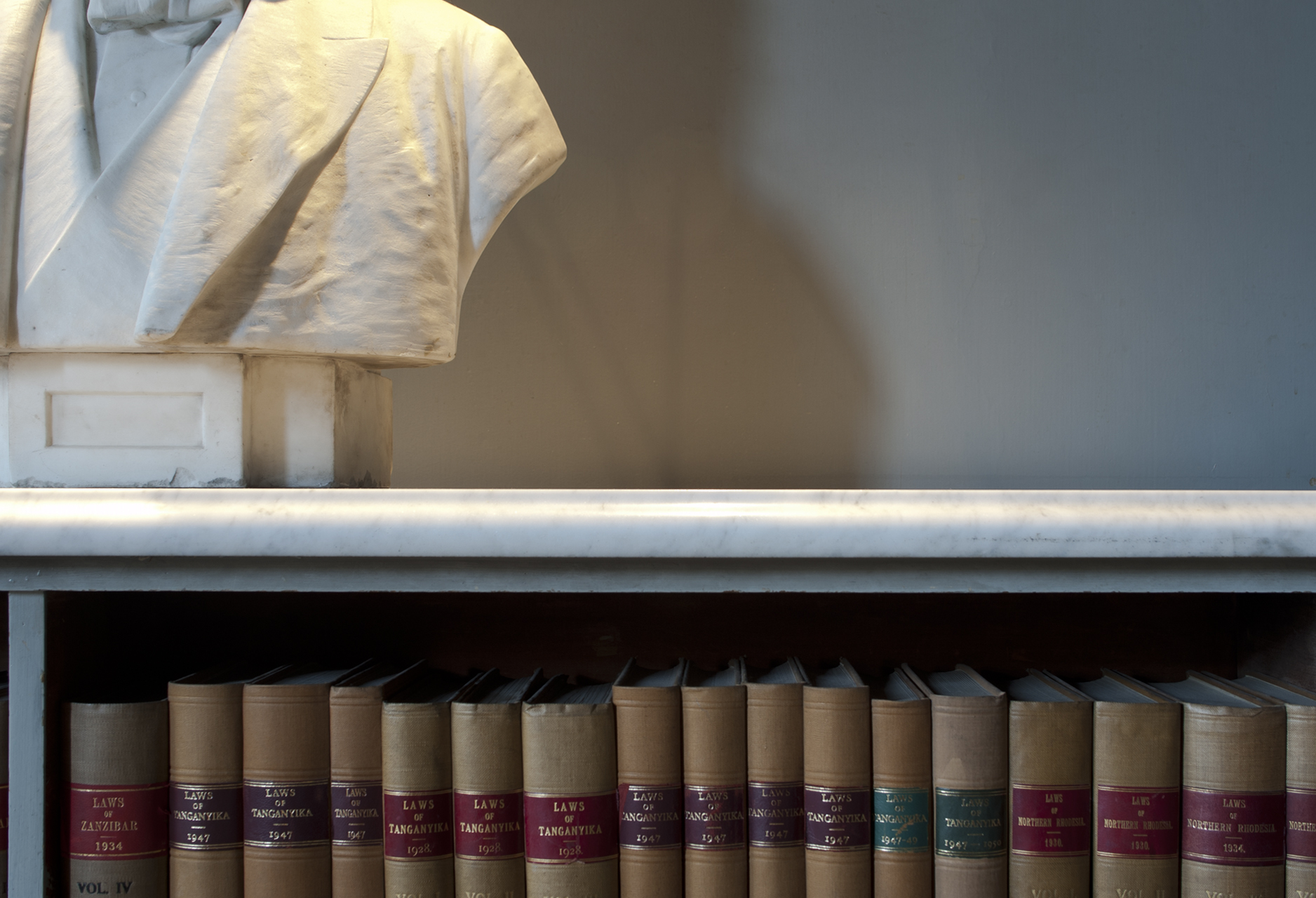THE WS SOCIETY ONLINE EXHIBITION 2024
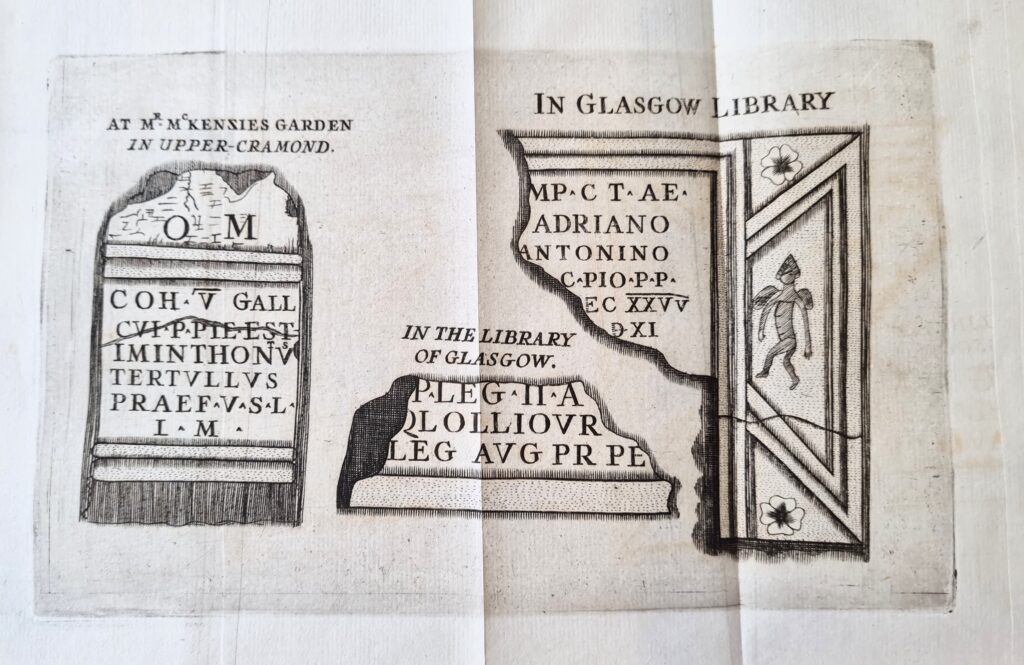
The most enduring legacy of the life of James Anderson’s friend Sir Robert Sibbald (1641-1722) is the presence of the Royal Botanic Gardens in Edinburgh’s Stockbridge. He founded the Gardens with Sir Andrew Balfour in 1667, but this was just one of the achievements of a truly remarkable life. His gift of books was the means of foundation of the Library Royal Society of Physicians in Edinburgh; he was the first professor of medicine at the University of Edinburgh and in 1682 he was appointed Geographer Royal. Sibbald was one of the major drivers behind the Edinburgh Pharmacopeia, a guide to making medicines that would remain in print for the next 150 years. He contributed extensively to the early study of archaeology in Scotland and to the development of Scottish cartography.
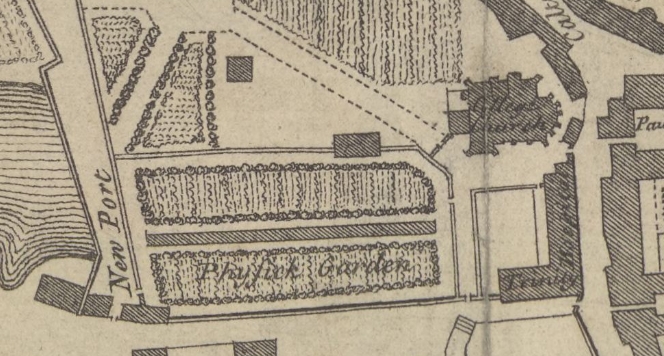
Sir Robert Sibbald played a large part in the creation of Captain John Slezer’s Theatrum Scotiae, to which he contributed a scholarly text in Latin whose translation into English for publication he would always regret. (Slezer was at one time James Anderson’s legal client).
The great unfinished project of his life was his projected Atlas Scoticus, intended to be a complete geographical and chorographical description of Scotland. Although circumstances never permitted this grand exercise to come to fruition, nevertheless those parts of it which were published created a template for the interaction of history and geography that would inspire generations of Scottish historians and geographers alike.
Selected Works by Sir Robert Sibbald
Scotia Illustrata Sive Prodromus Historiae Naturalis (Edinburgh 1684)
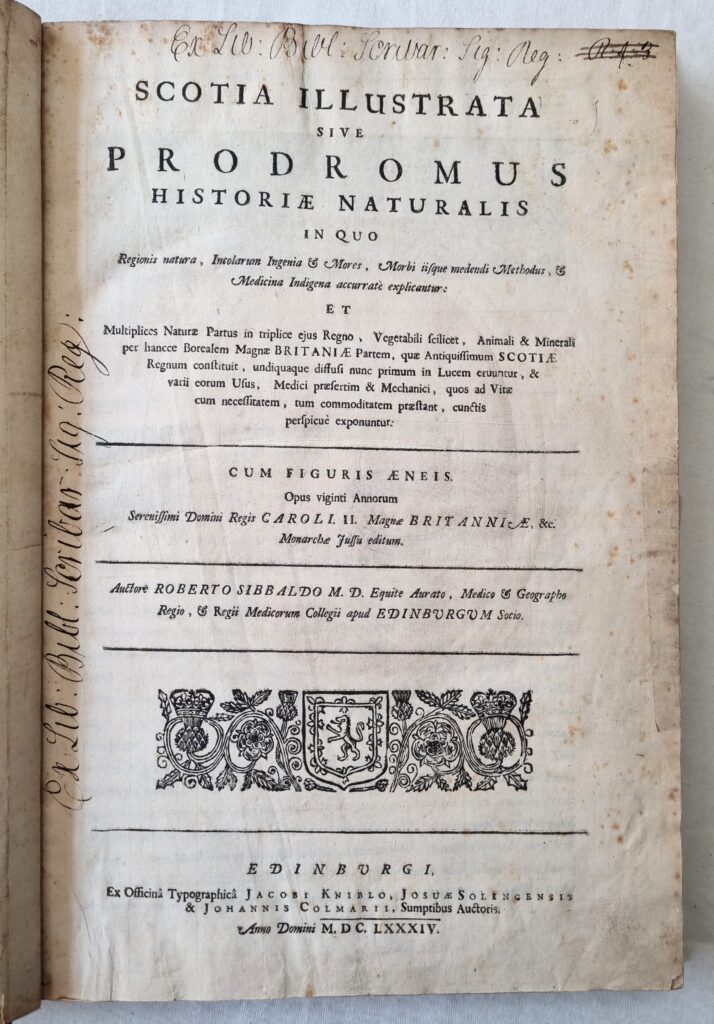
Sibbald’s Prodromus Historiae Naturalis (Edinburgh 1684) was intended as a natural history for the the projected Atlas Scoticus.
The History, Ancient and Modern, of the Sheriffdoms of Fife and Kinross (Edinburgh: James Watson, 1710)
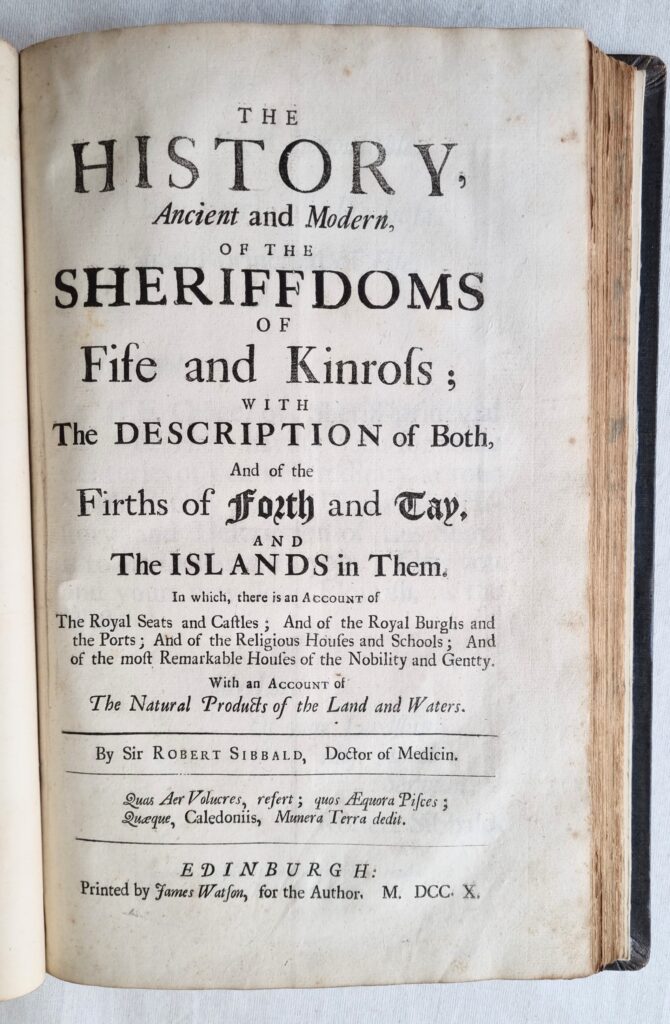
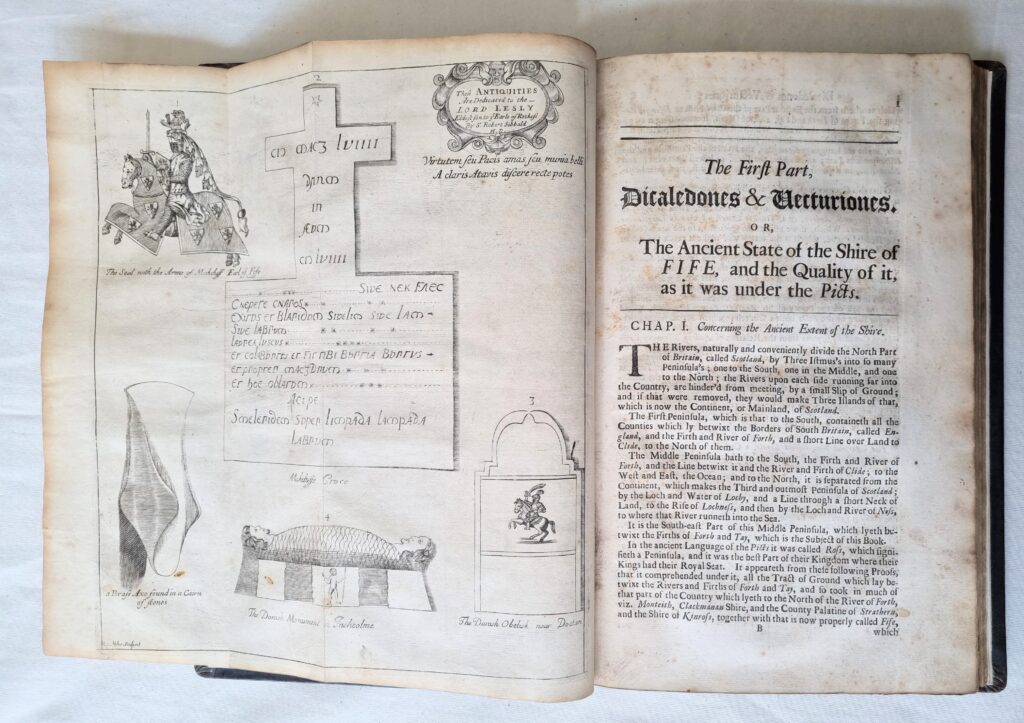
Sibbald’s History of Fife was by way of a miniature version of the Atlas Scoticus, beginning with the early natural, political and religious life of the area, eventually arriving at a discussion of the modern day. It includes extensive discussion of the Roman and Pictish experience of the area. The final section included a series of descriptive “walks” through Fife and Kinross, focussing on the principal buildings, towns and families.
The Description of the Isles of Orknay and Zetland (Edinburgh: Andrew Symson, 1711)
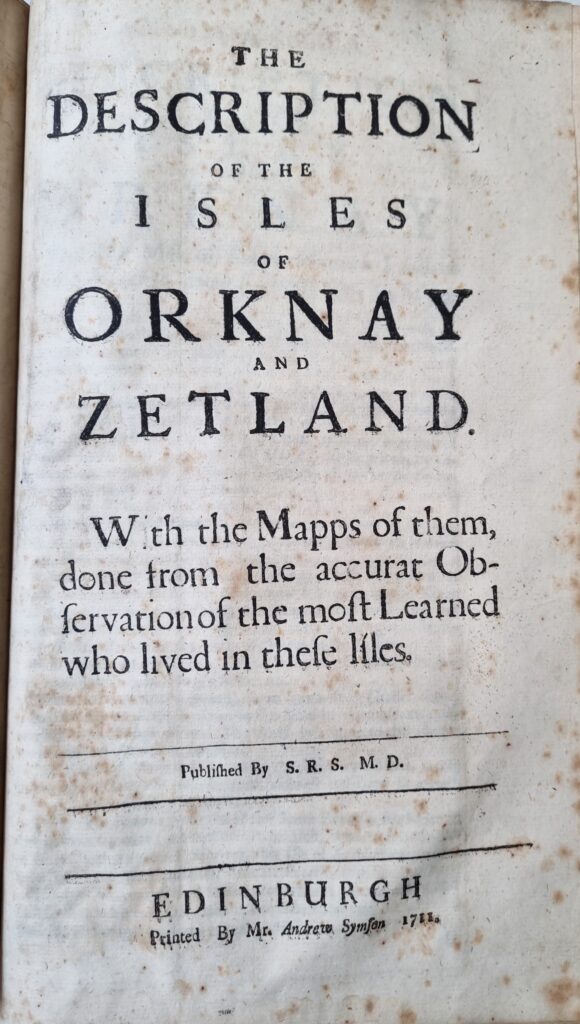
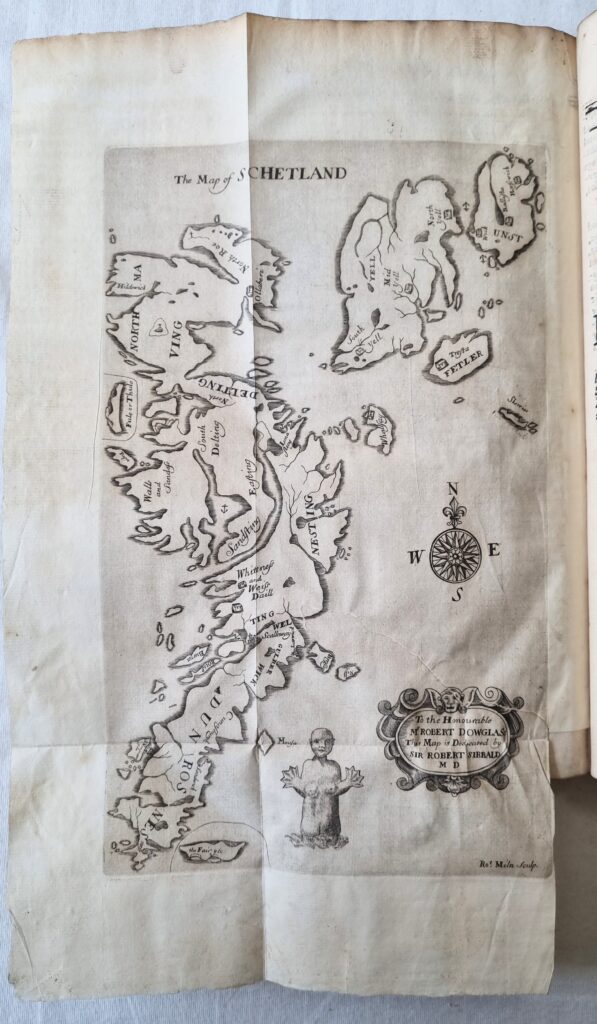
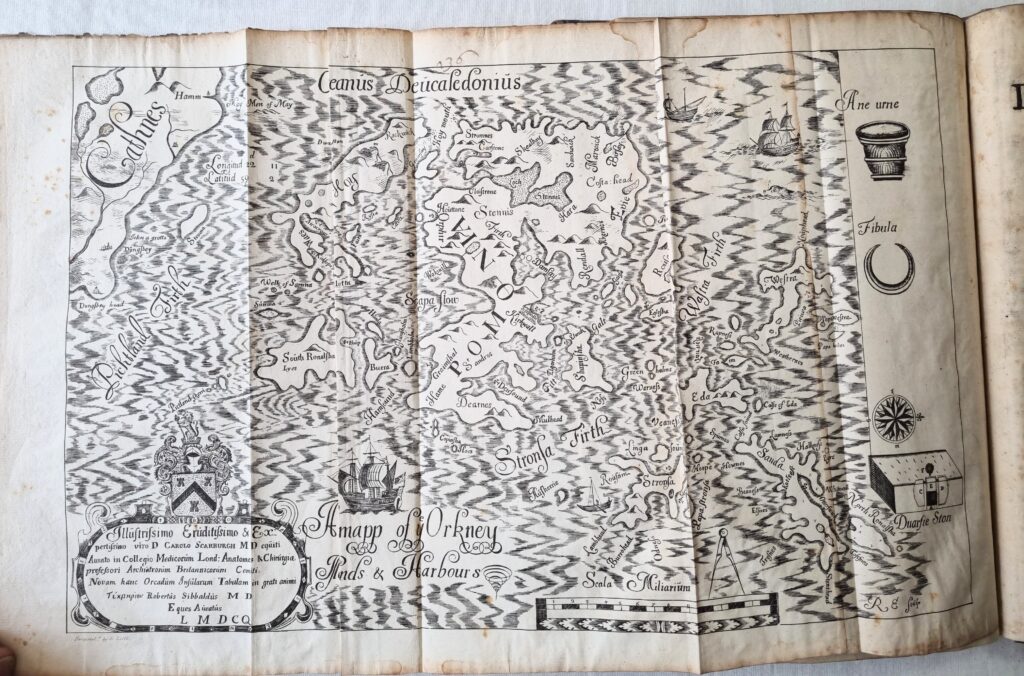
Although Sibbald’s Description of the Isles of Orknay and Zetland wasn’t published until 1711, the material for it was collected and surveyed in the 1680s, and with Sibbald making only the slightest personal contribution to his edited texts, the work speaks more to the seventeenth than the eighteenth century. Most of what the work contains was passed to Sibbald by Church of Scotland ministers with knowledge of the area, and the opening geographic descriptions are organised along parish lines.
Historical Inquiries Concerning the Roman Monuments and Antiquities in the North-Part of Britain Called Scotland (Edinburgh: James Watson, 1707)

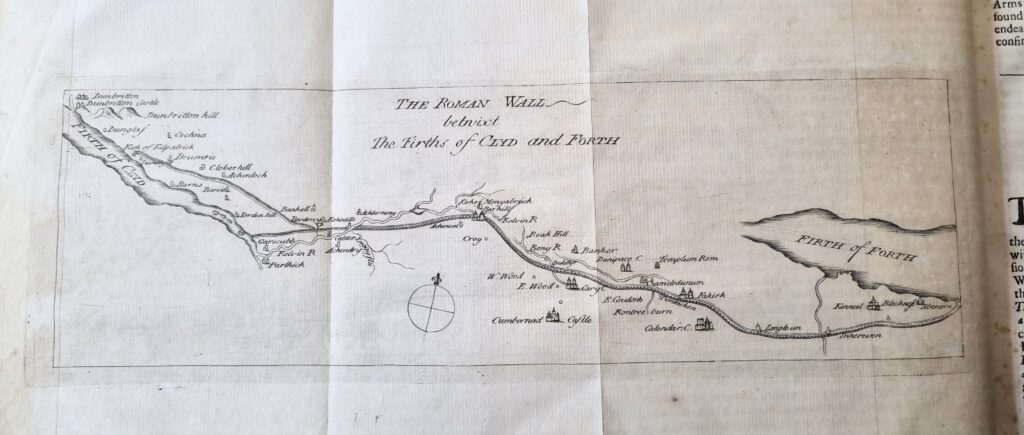
During his lifetime, Sibbald was the pre-eminent Scottish scholar of the Roman presence in Scotland. At that time, there were two strands to Scottish classical scholarship. The first focussed on the account given by Tacitus in his Life of Agricola and competing interpretations regarding the Roman failure in Scotland which Tacitus so fascinatingly described. Patriotic interpretations boasted of the Scottish determination to defend their liberty. Others, led by George Buchanan, regarded the Roman inability to subdue Scotland as fluke, happenstance and the specifics of circumstance. In this sense, Sibbald was a Buchananite, and this difference was one that would recur in antiquarian literature for much of the following century.
Further Reading
Francis Paget Hett (ed), The Memoirs of Sir Robert Sibbald (London 1932)
W. S. Craig, History of the Royal College of Physicians of Edinburgh (Oxford and London 1976)
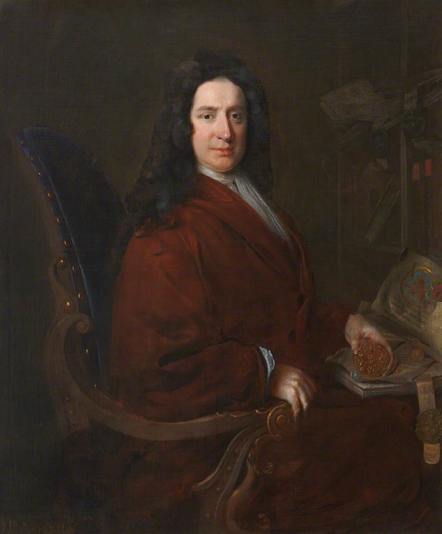
- Setting The Scene : Lawyers and Intellectuals Before 1722
